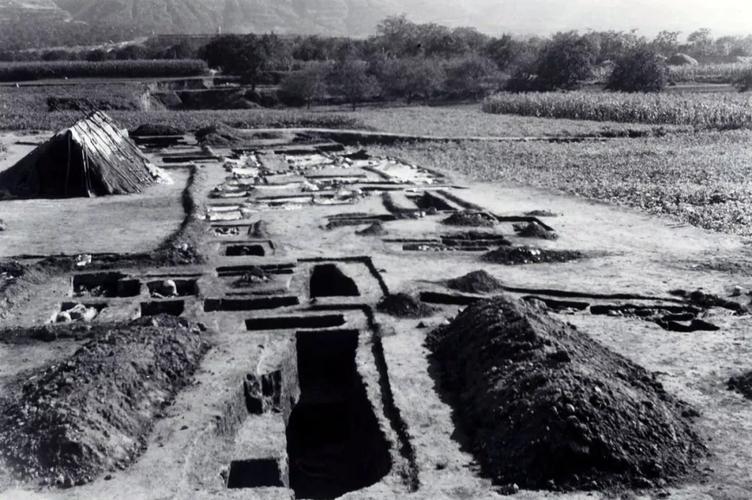
Why Haven't Archaeologists Opened the Tomb of China's First Emperor?
The tomb of Qin Shi Huang, China's first emperor, has stood untouched for over two millennia. While the Terracotta Army, a vast collection of life-sized terracotta sculptures depicting his army, has captivated the world since its discovery in 1974, the emperor's final resting place remains shrouded in mystery and apprehension.
Fear of Deadly Traps
Ancient texts describe the tomb as a microcosm of the emperor's empire, complete with palaces, treasures, and intricate mechanisms. One of the most cited reasons for the hesitation to excavate is the fear of triggering deadly traps. The historian Sima Qian, who lived a century after Qin Shi Huang's reign, wrote in his "Records of the Grand Historian" that the tomb was rigged with crossbows and booby traps designed to fire upon intruders. This account, combined with the discovery of mercury in the tomb's vicinity, has fueled speculation about the potential dangers lurking within.
Technological Limitations
Beyond the fear of traps, the sheer scale and complexity of the tomb present significant technological hurdles. The central tomb, where the emperor's remains are believed to lie, is a massive structure. Its excavation would require advanced robotics, preservation techniques, and a deep understanding of the tomb's structural integrity to avoid causing irreparable damage.
Respect for the Dead
In Chinese culture, disturbing the dead is considered taboo. There is a strong sense of respect for ancestors and their resting places. This cultural sensitivity weighs heavily on the decision to excavate, as disturbing the emperor's tomb could be perceived as a disrespectful act.
Preservation for Future Generations
Another compelling reason for delaying excavation is the desire to preserve the tomb for future generations. Archaeologists and historians believe that advancements in technology and archaeological practices will eventually allow for a more thorough and responsible excavation in the future. By waiting, they hope to ensure that future generations can benefit from the knowledge and artifacts within the tomb.
Ongoing Research and Non-Invasive Exploration
While a full-scale excavation is not currently underway, archaeologists are actively studying the tomb using non-invasive techniques. Ground-penetrating radar, magnetic imaging, and other technologies are employed to map the tomb's interior, identify potential hazards, and gain a better understanding of its layout and contents without disturbing the site itself. This approach allows for valuable research and data collection while respecting the cultural and historical significance of the tomb.
Q&A
1. When was the Terracotta Army discovered?
The Terracotta Army was discovered in 1974 by farmers digging a well.
2. Where is the tomb of Qin Shi Huang located?
The tomb is located in Lintong District, Xi'an, Shaanxi province, China.
3. Why is mercury found near the tomb?
Ancient Chinese texts suggest that mercury was used to simulate rivers and waterways in the afterlife. The presence of mercury near the tomb supports these accounts and provides insight into the beliefs and practices of the time.